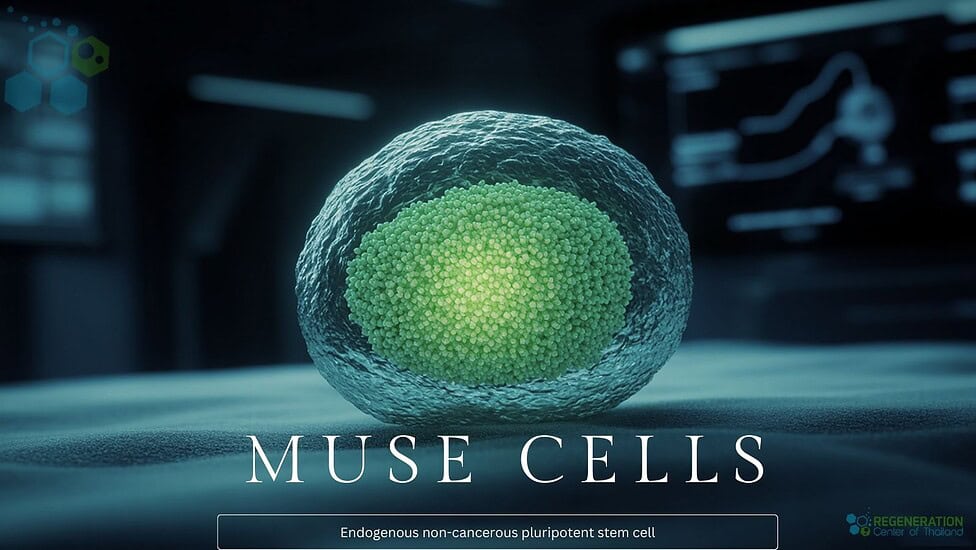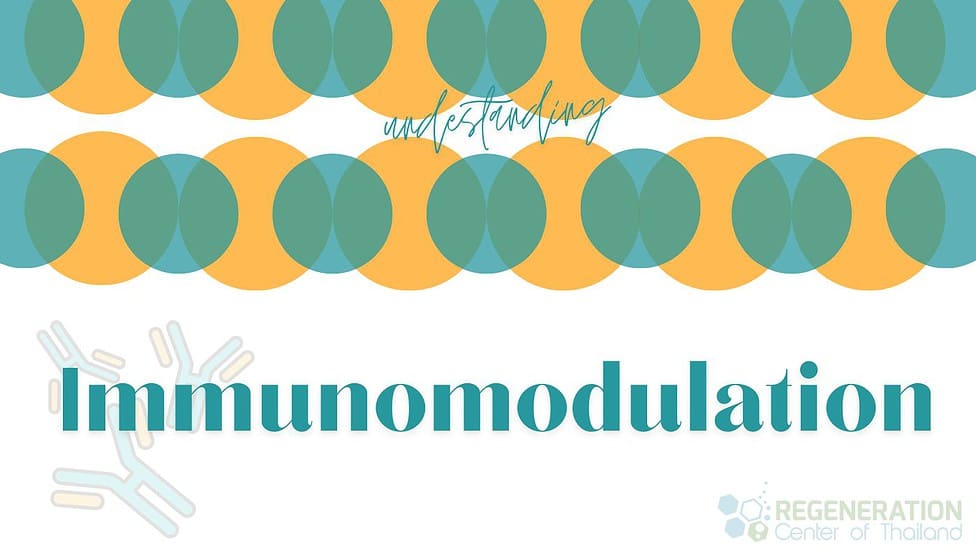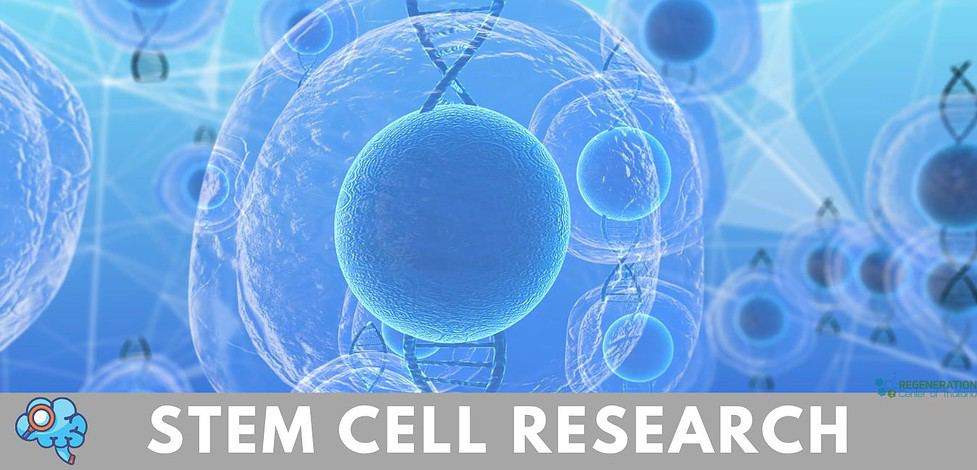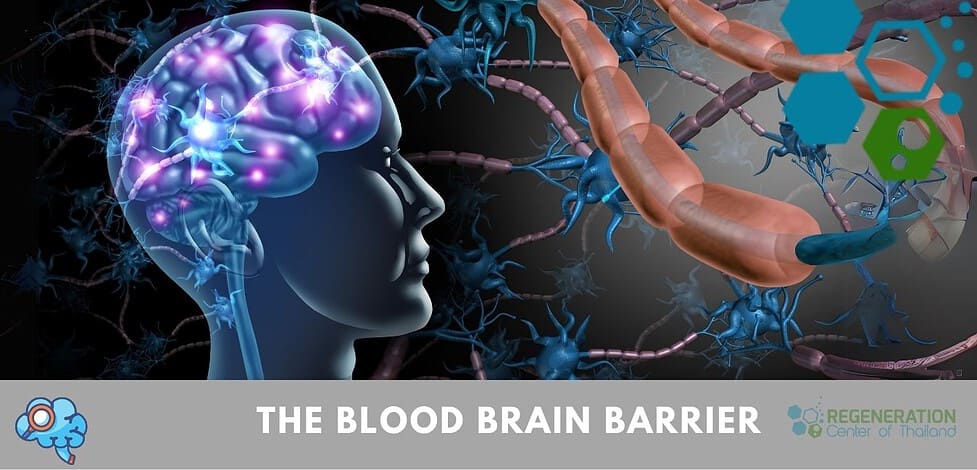“Muse cells” were first discovered in 2010 and offer enhanced pluripotency compared to traditional mesenchymal stem cells (MSCs). These unique cells express pluripotency markers and can differentiate into all three germ layers, surpassing the capabilities of typical MSCs. Muse cells possess remarkable stress resistance and immune-modulatory properties, making them ideal for allogeneic transplantation. Their ability to home to damaged tissues …
Health Benefits of Cold Water Immersion, Ice Baths & Cold Showers
If you’ve seen people take ice baths or cold showers and wondered if they’re onto something or just plain crazy, you’re not alone. Cold-water immersion (CWI) – exposing the body to icy water on purpose – has exploded in popularity recently. From pro athletes dunking in ice tubs after games to wellness influencers and biohackers touting morning cold showers, many …
Immunomodulation & the Regulation of the Immune System
Immunomodulation stands at the forefront of biomedical research, steering the immune system’s ability to fight disease while preventing its overreaction that can lead to autoimmune disorders. The Regeneration Center understands how subtle adjustments in this complex system can tip the scales from sickness to health. Our previous investigations have revealed potential pathways for these novel therapies to innovate treatment paradigms …
Stem Cell Research: The Future with Regenerative Medicine
Stem cell research leads the charge in medical innovation, heralding revolutionary advances in regenerative medicine. This rapidly evolving field can alter how we approach complex diseases and tissue damage. By utilizing the unique properties of various stem cells, scientists are developing groundbreaking therapies that could one-day cure conditions once thought untreatable. However, research in stem cells has challenges and controversies …
Blood Brain Barrier: Protective Function & Bypassing Techniques
The blood-brain barrier (BBB) is a crucial shield for the brain, regulating the entry of substances, protecting it from potential harm, and involving capillary endothelial cells. It’s a complex system that not only plays a vital role in preserving your brain’s health but also retains beneficial substances within your brain, helping maintain the organ’s critical chemical equilibrium. Understanding the components …
Peptide bonds The Building Block of Protein Synthesis
While peptide bonds are fundamental to protein structure, their direct relationship with stem cells lies in the proteins these cells produce, which are crucial for their functions and differentiation. What is a Peptide Bond? Peptide bonds are the chemical bonds that link amino acids to form proteins. On the other hand, stem cells are undifferentiated cells capable of giving rise …






